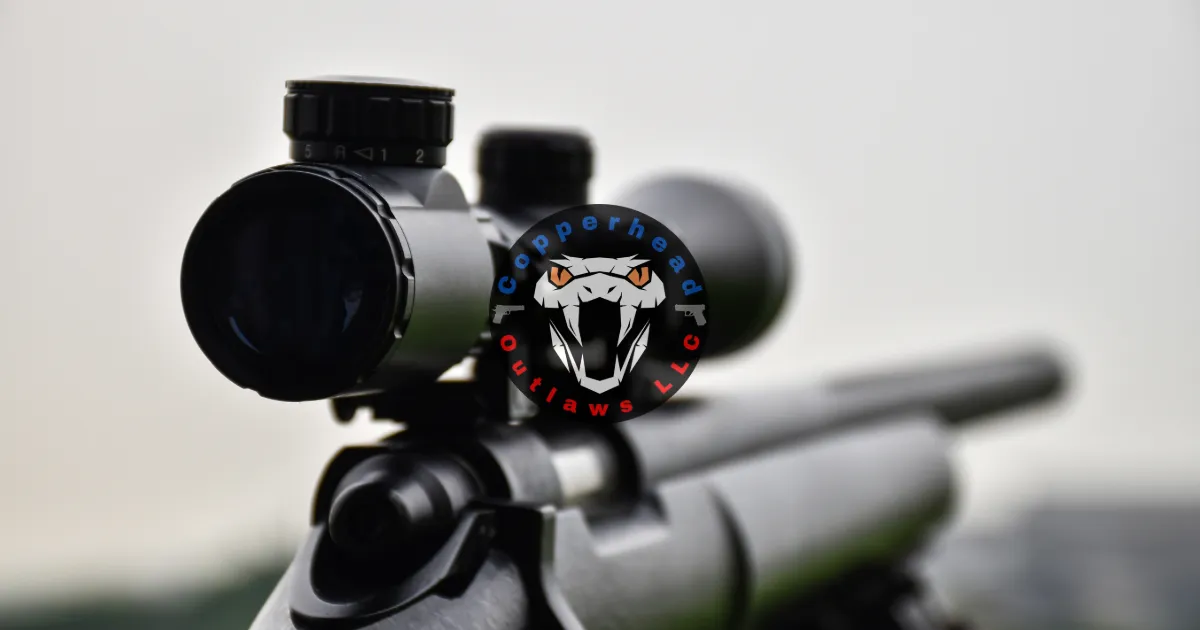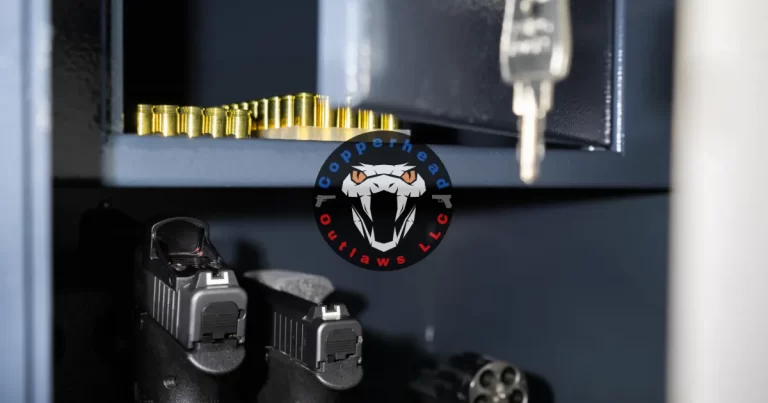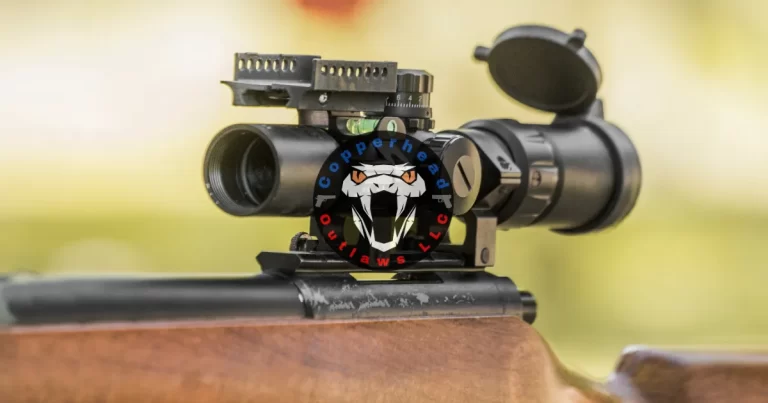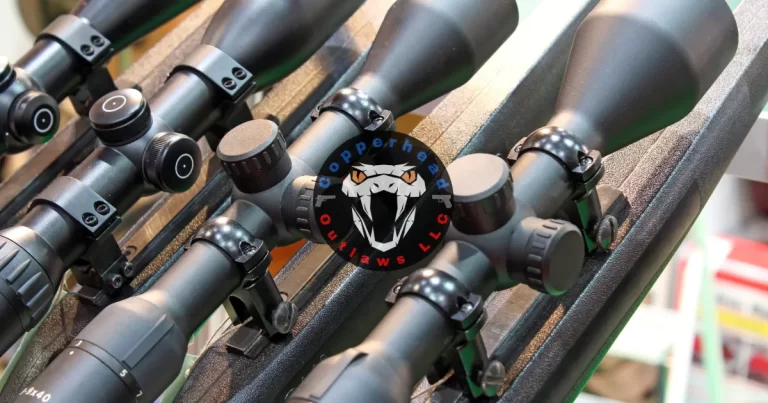Choosing the Right Rifle Scope for Your Rifle
With so many options out there, choosing the right rifle scope can feel overwhelming. But once you understand your purpose, firearm, and shooting distance, it becomes a lot easier to narrow down the right optic. In this post, we’ll cover how to match a scope to your rifle, avoid common mistakes, and protect your investment.
If you’ve read the first parts one and two in this series, you already know the types of rifle scopes and how they work. Now it’s time to figure out what works best for your specific situation.
Start with Your Purpose
Before anything else, think about what you’re going to do with your rifle. Choosing the right rifle scope depends heavily on your intended use.
Ask yourself:
- Are you hunting? If so, what kind of game and at what distance?
- Are you using it for home defense?
- Will you shoot targets at the range or in competitions?
- Are you just doing some fun backyard plinking?
Knowing your purpose will help you filter out scopes that don’t apply to your needs.
Match the Scope to the Rifle
A big mistake new shooters make is buying a scope that doesn’t match the performance of their firearm. A scope that’s too powerful or too large for the gun can cause problems. It may be hard to mount correctly, unbalance the rifle, or just be overkill.
For example:
- Mounting a 6-24x scope on a .22 plinker is more trouble than it’s worth.
- Putting a red dot on a long-range bolt-action won’t help you shoot 500 yards.
Make sure your scope fits the type of rifle you’re using, and that it’s rated for the recoil your gun produces. Always check if the scope rings and base will support your setup.
Consider Mounting and Fit
Once you pick the type of scope you want, make sure it physically fits your rifle. You may need to adjust:
- Ring height
- Scope base type
- Eye relief distance
- Clearance over the barrel
Some large objective lenses may require high rings to clear the barrel or front sight. Long eye relief scopes may need to be mounted farther forward. Always test the fit and comfort before locking anything down.
Avoid These Common Mistakes
Overbuying on Magnification
Most new shooters think they need a scope that zooms in as much as possible. But unless you’re shooting out to extreme distances, you likely don’t need 16x, 20x, or more.
If all your shots are inside 300 yards, a 3-9x or 4-12x is usually enough. Over-magnifying can actually hurt your field of view and make it harder to track your target.
If you’re still building your skills, stick with a basic setup until you’re confident and consistent at shorter ranges. Good fundamentals matter more than fancy gear.
Buying More Features Than You Need
It’s tempting to go for the scope with every bell and whistle. But complicated turrets, laser rangefinders, and illuminated reticles might not be necessary.
Stick to what matches your skill level and purpose. A clean, simple scope is often faster and more reliable under pressure.
Choosing the Wrong Durability Level
Another mistake is choosing a scope that’s either too rugged or not rugged enough. A long-range benchrest scope with sensitive turrets may not hold up to rough backcountry hunts. On the other hand, a cheap scope not built for recoil might fail after a few rounds from a heavy-caliber rifle.
Match the durability of your scope to the conditions it’ll face. If you’re hunting in the woods, hiking through brush, or training in rough weather, get a tough, waterproof model with shock resistance.
Ignoring the Importance of Eye Relief
If your rifle has strong recoil, make sure your scope has enough eye relief. A scope with short eye relief can cause injury when the rifle kicks back. Many hunting rifles need 3 inches or more for safety.
Think About Value, Not Just Price
A good scope is an investment. While it’s okay to stay within a budget, going too cheap can cost more in the long run if it fails or doesn’t perform when you need it. Look for proven brands with warranties and a solid track record.
At the same time, don’t feel like you have to spend a fortune. There are reliable scopes out there in every price range. Focus on getting the features you need, not the flashiest model.
Lock It All Down
Once you’ve picked the right rifle scope for your needs:
- Mount it properly using the correct rings and base
- Check for proper eye relief
- Level the reticle before tightening it down
- Bore sight the rifle or take it to the range to zero
If you’re new to scope setup, consider asking a qualified instructor or gunsmith to help you mount and zero your optic safely. A properly mounted scope is essential for accurate shooting and avoiding injury.
Final Thoughts
Choosing the right rifle scope isn’t about picking the most expensive or feature-packed optic. It’s about matching your scope to your firearm, your shooting goals, and your environment. Once you understand how scopes work and what your rifle is built for, finding the perfect match becomes much simpler.
Whether you’re setting up your rifle for hunting, training, or recreational shooting, always follow local laws and safe handling practices. Your optic is just one part of responsible firearm use.
By avoiding common mistakes and focusing on fit and function, you’ll get more out of your shooting experience, and your gear will serve you better for years to come.




